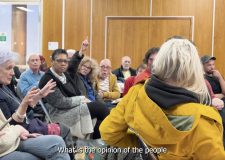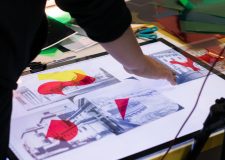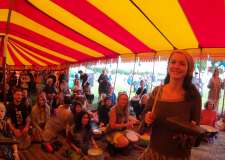Brighton and Hove City Council leader Jason Kitcat welcomes Black History Month
World War One took a huge toll on the many soldiers fighting on the Western Front, as we are reminded in this centenary year. However, one of the lesser-known stories of the Great War was the involvement of troops from across the world fighting in the trenches on behalf of Britain and its allies.
Soldiers from pre-Partition India (now modern-day India, Bangladesh, Pakistan and Sri Lanka) made up some 1.5m of those fighting on the Western Front and elsewhere.
Facilities and resources to care for those who were wounded were in short supply in the north of France. As a result, many wounded soldiers were sent to towns on the south coast of England to recuperate. Brighton was among them, and 1914 saw buildings including the Royal Pavilion, the Brighton Dome and the York Place school converted into temporary hospitals for some 12,000 wounded Indian soldiers.
Remarkably, only 72 soldiers passed away – a testament to the care provided by the people of our city.
Fifty-three of the soldiers were cremated on the spot now marked by the beautiful Chattri on the Downs near Patcham, and 19 were buried near a mosque in Woking, in accordance with their respective religious traditions.
This is just one of the many hidden histories that are being shared. There are a range of events throughout October and into November, many of which are free, and all of which are open to everyone. They include music events, exhibitions, and a family celebration day at the Brighton Corn Exchange on 9 November.
There are many people from diverse backgrounds whose contributions and experiences have shaped our city and our country. Black History Month provides the perfect opportunity to learn more about our friends’, neighbours’ and colleagues’ communities, and celebrate our shared history together.




















